|
I was one of the few people in Ithaca who was not at the national bird dork conference this week, so I had lots of time for hikes, creek sitting, small animal tracking, photographing tomatoes as if they were newborn humans, pig roasts, pond swims, rainy farmer's market treats, yoga downtown, and salamander crossing guard walks. Before I got married and lived with my husband, and had a job rather than being a grad student, I was better about spending time outside on hikes and meanders, but then this person came along who I enjoy being with and I forget to do the other stuff. It was a week full of the other stuff and just in the nick of time to really savor the last bits of summer. #soakitup
On March 10th we had about 24 hours of rain and an increase in temperature, so we were pretty sure that would be the night. The salamanders would be slithering to their spawning grounds! My only experience with this was a game we used to play when I did environmental education at Pickering Creek Audubon Center where students would learn about salamanders migrating to and from spawning grounds crossing the very dangerous human-made road. Some students were cars and some were salamanders, some got squished, and some made it through. This is a pretty easy concept to grasp, but I didn't realize just how much of a mass movement it is. When we first moved to this little spot by Cascadilla Creek we were really excited about the nature preserve at the top of our hill. Ringwood Nature Preserve is known to be an important area for herps, including the locally rare, Jefferson Salamander (Ambystoma jeffersonii). The ponds fill with water and the warm rain helps to defrost the soil. The herps are stirred by something - perhaps it is the warmer temperature, the warm rain drumming on their winter home, the ice thawing around them, or maybe it is a smell we humans are unaware of, or fairies. They stir and move toward the site of their birth, you know, the kind of birth something that hatches from a gelatinous egg in a pond has. So, they move to these ponds where they were laid by their parents. Go read about salamander spawning if you have time. Some crazy stuff happens! We aren't entirely sure how they navigate, but they might end up passing perfectly perfect ponds on their way to their one and only place of first home. These ponds are so small that they don't support fish, which might like a tasty amphibian or amphibian egg treat.The adults spawn and lay eggs that they attach to vegetation in the water and then move onto land. Spotted salamander eggs sometimes contain green algae which will consume the carbon dioxide salamander embryos produce and turn it into oxygen that the embryos can use. I am not even joking. Young salamanders feed on small invertebrates once they hatch out. Some species may take as long as 5 years to reach sexual maturity and some species, like the Spotted salamander can live for more than 30 years. Can you believe that!!!??? Who knew? Not this bird nerd. So, we bundled up with more layers than we needed because warm air was just too crazy to comprehend and we are birders and birding is very slow and can be quite chilly when it is raining. We scrubbed our hands and we headed up the road to find some neighbor friends already out and about with flashlights and we walked the road near the ponds. There are salamander fences up that guide them to a safe culvert (like bumpers at the bowling alley), but of course there were individuals that didn't get caught and funneled by the fence, so we helped those get to the right side. There is something so heart-warming about watching grown men hunch over and try their hardest to pick up little frogs and salamanders and gently walk them to the other side of the road. I honestly haven't had so much fun in a while. What's more warm and fuzzy feeling than getting animals to safety with your neighbors? Below are some blurry attempts at capturing the magic. Heaps of herps in all sorts of varieties! A Spotted salamander moving along and halfway across! A Spring peeper and the entrance to the culvert with fencing on either side. A local hand model and a Spotted salamander I think this is a Jefferson's slithering along! Not so lucky - there was a lot of this. Wood frog Red-spotted newt Wood frog I am pretty sure this is a Jefferson's that Eliot found in our yard later that night.
|
Archives
July 2018
Categories
All
|
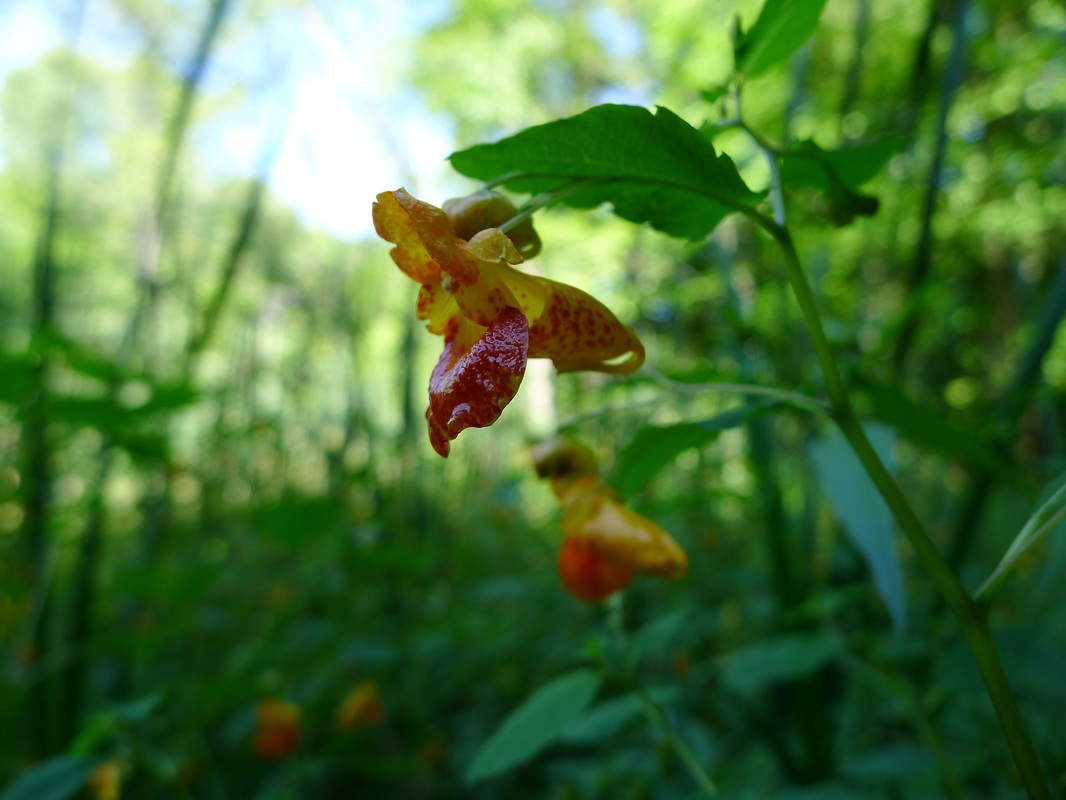
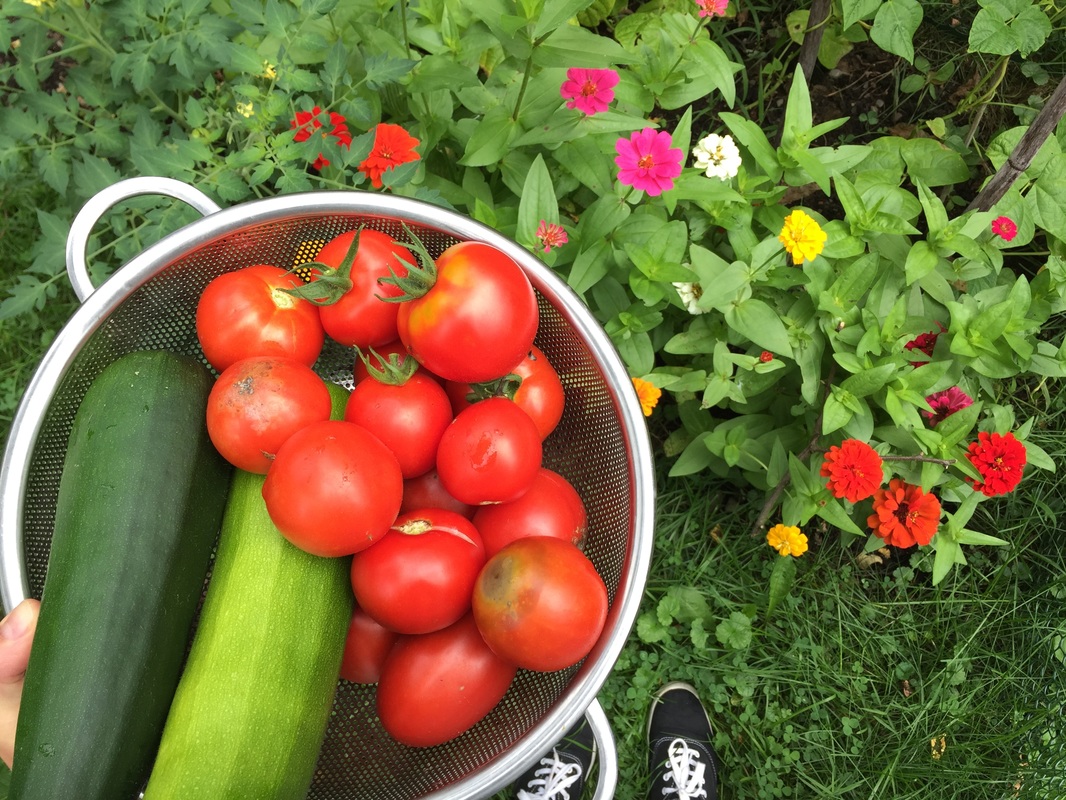
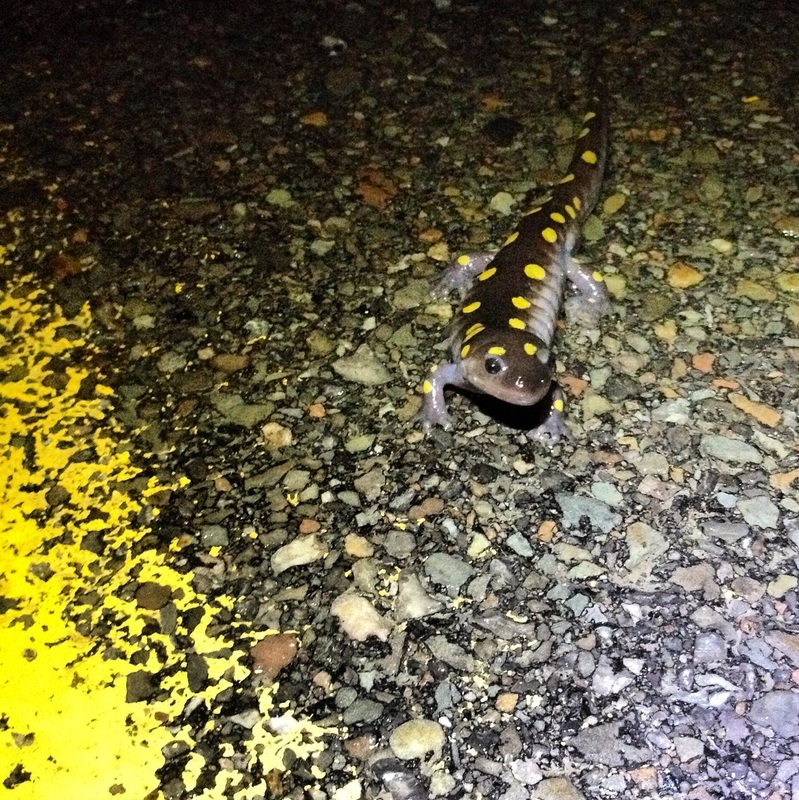
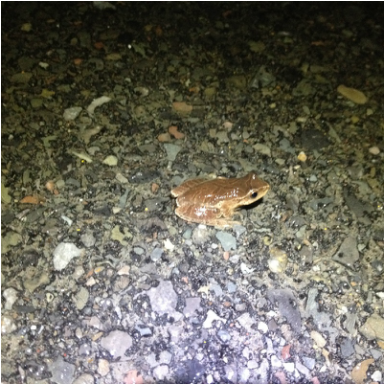
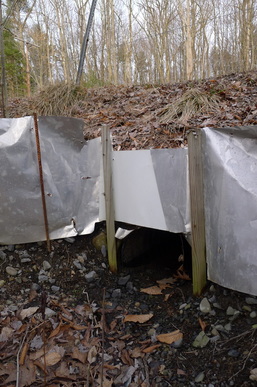
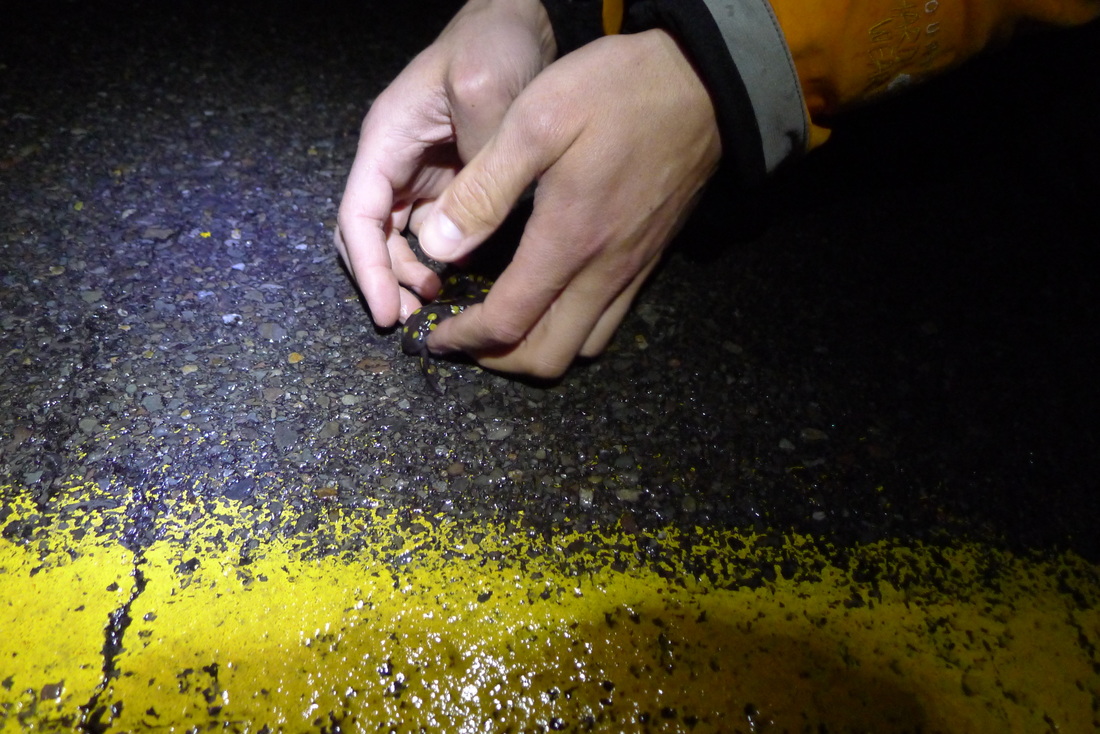
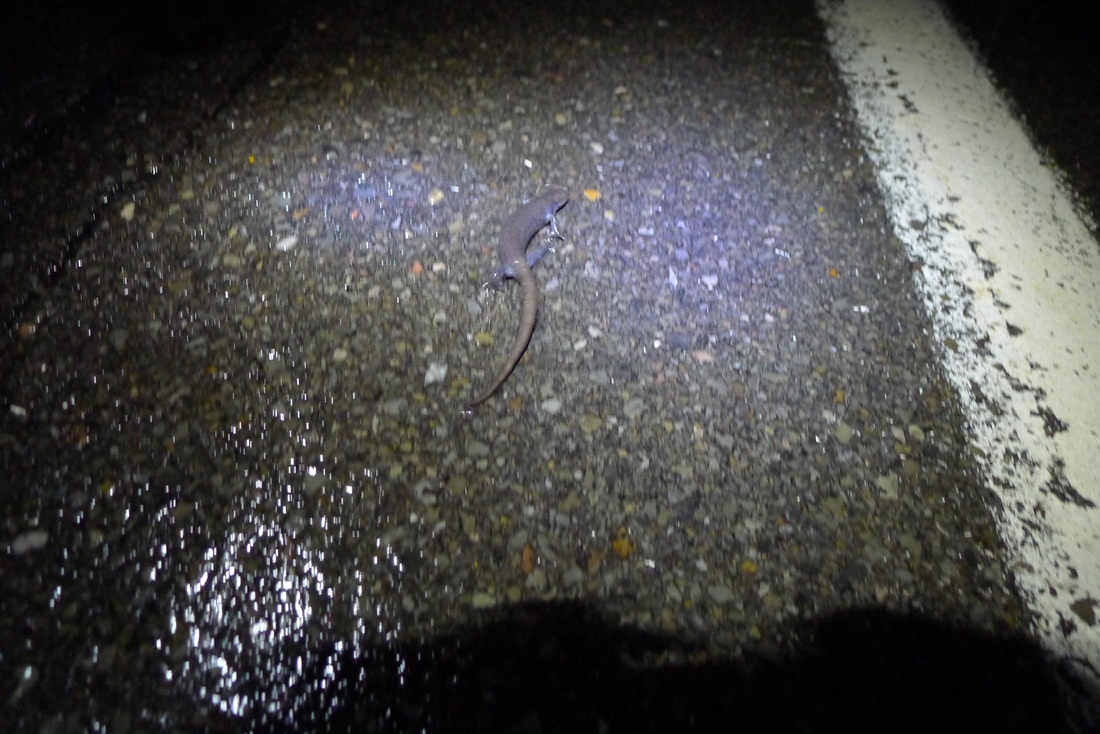
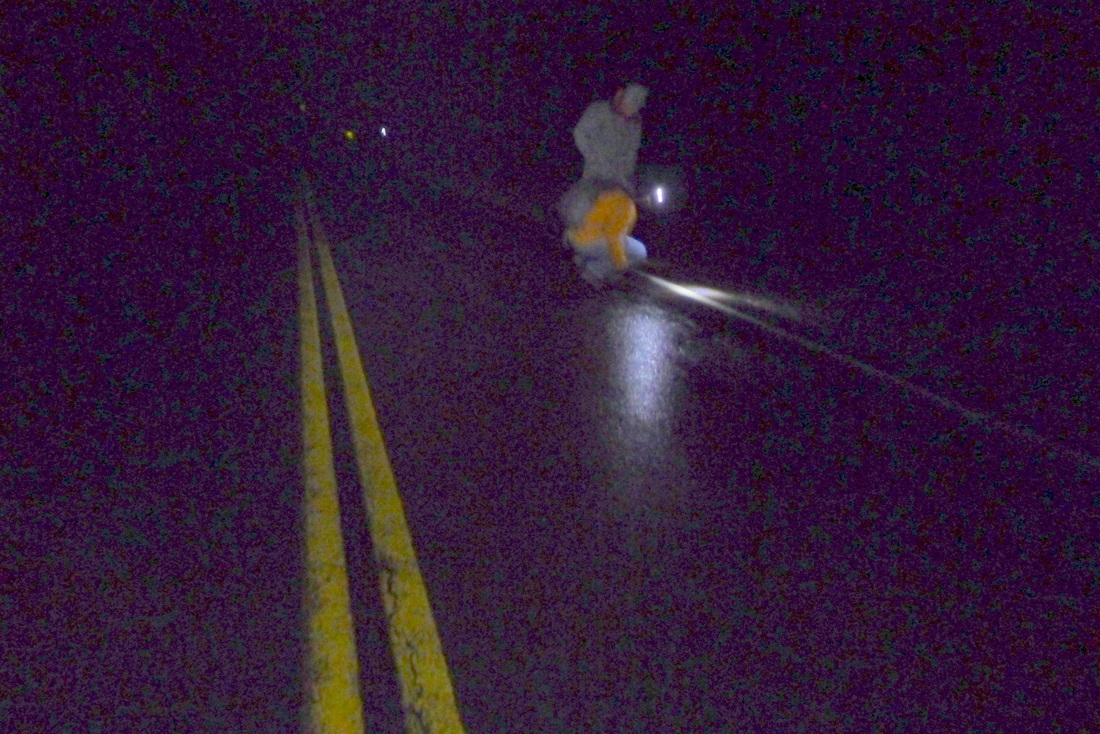
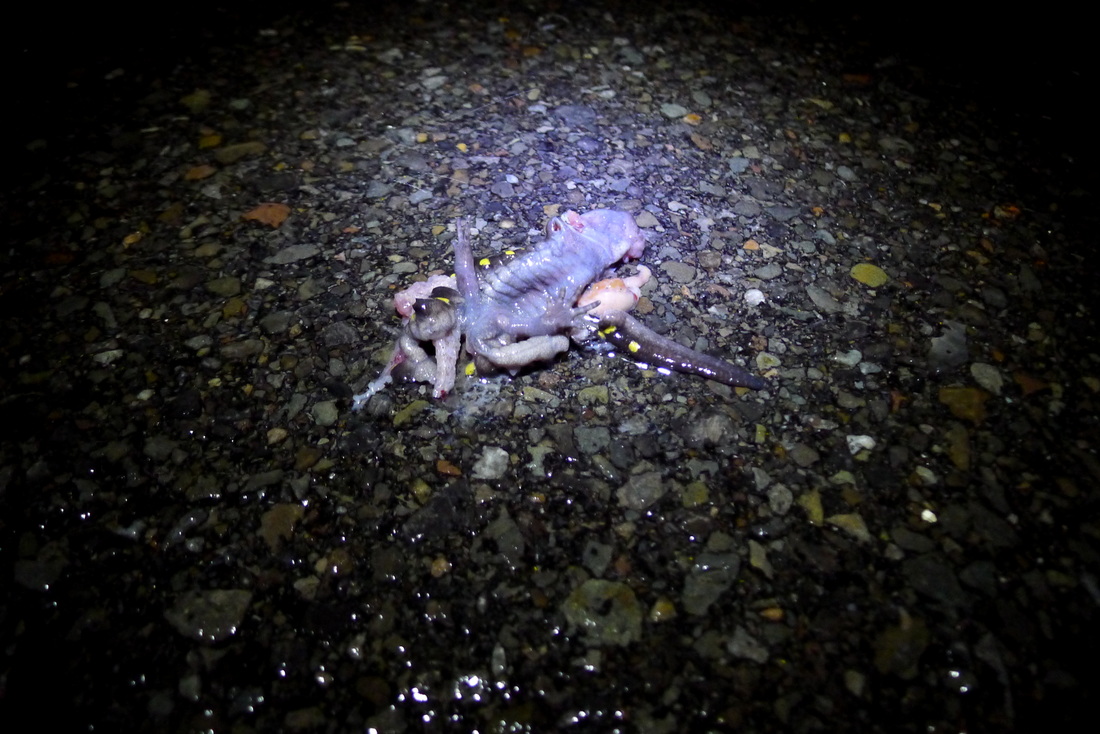
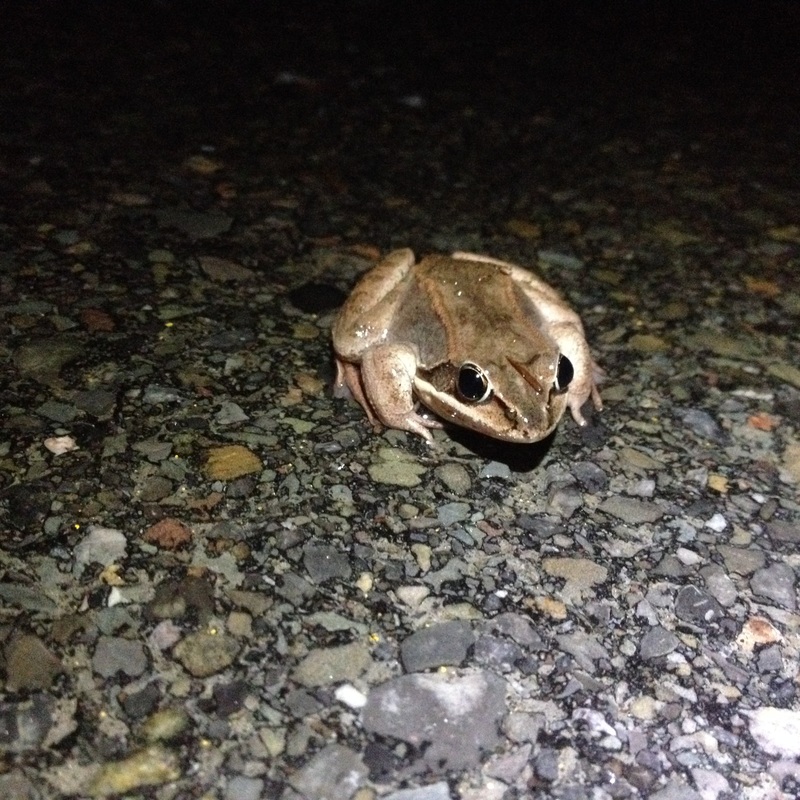
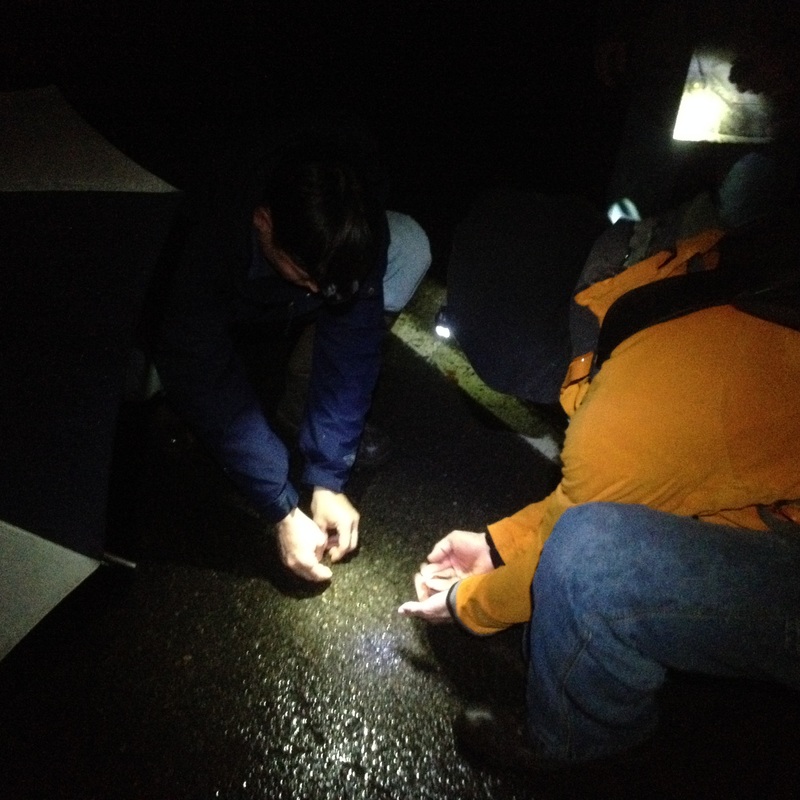
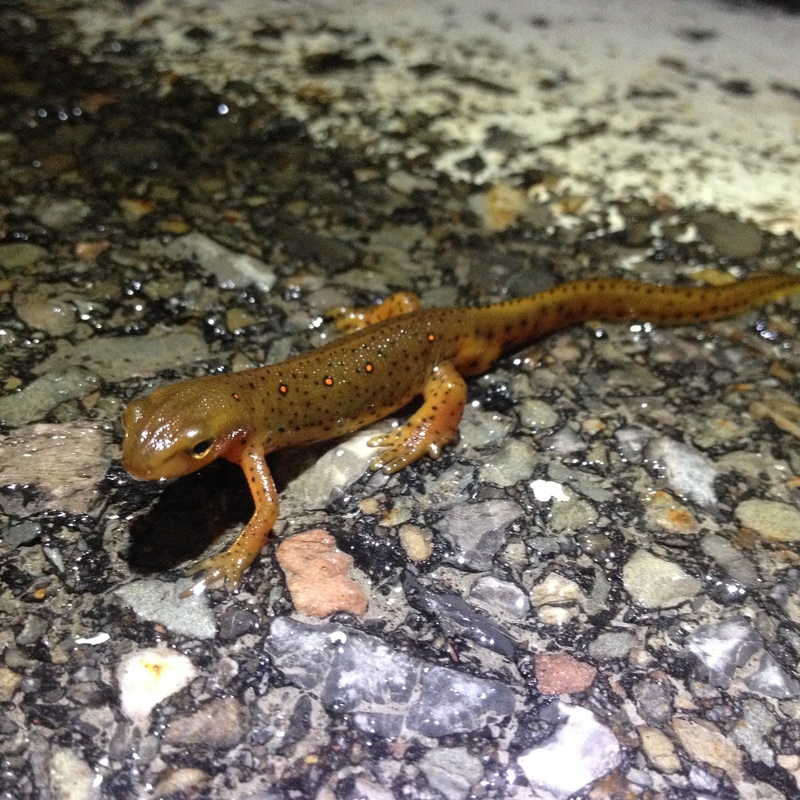
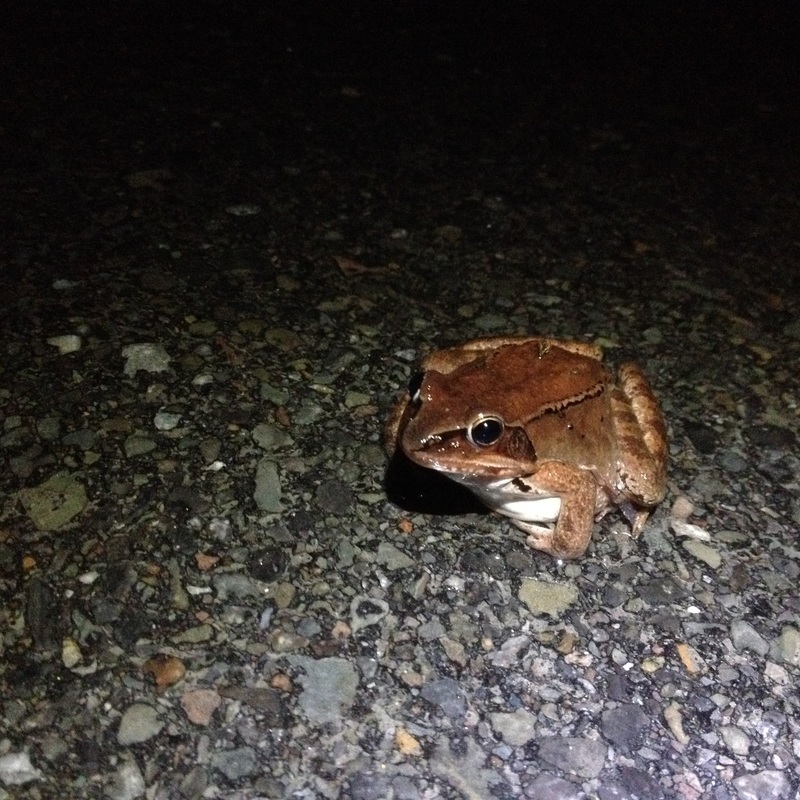
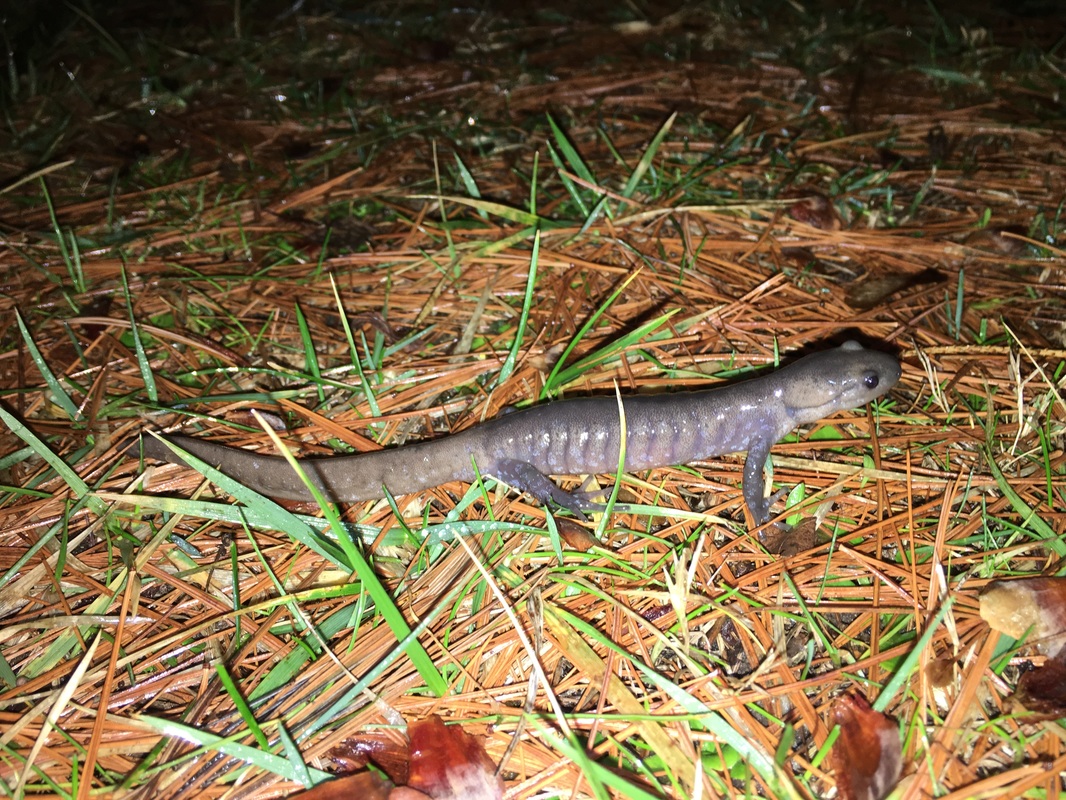

 RSS Feed
RSS Feed
